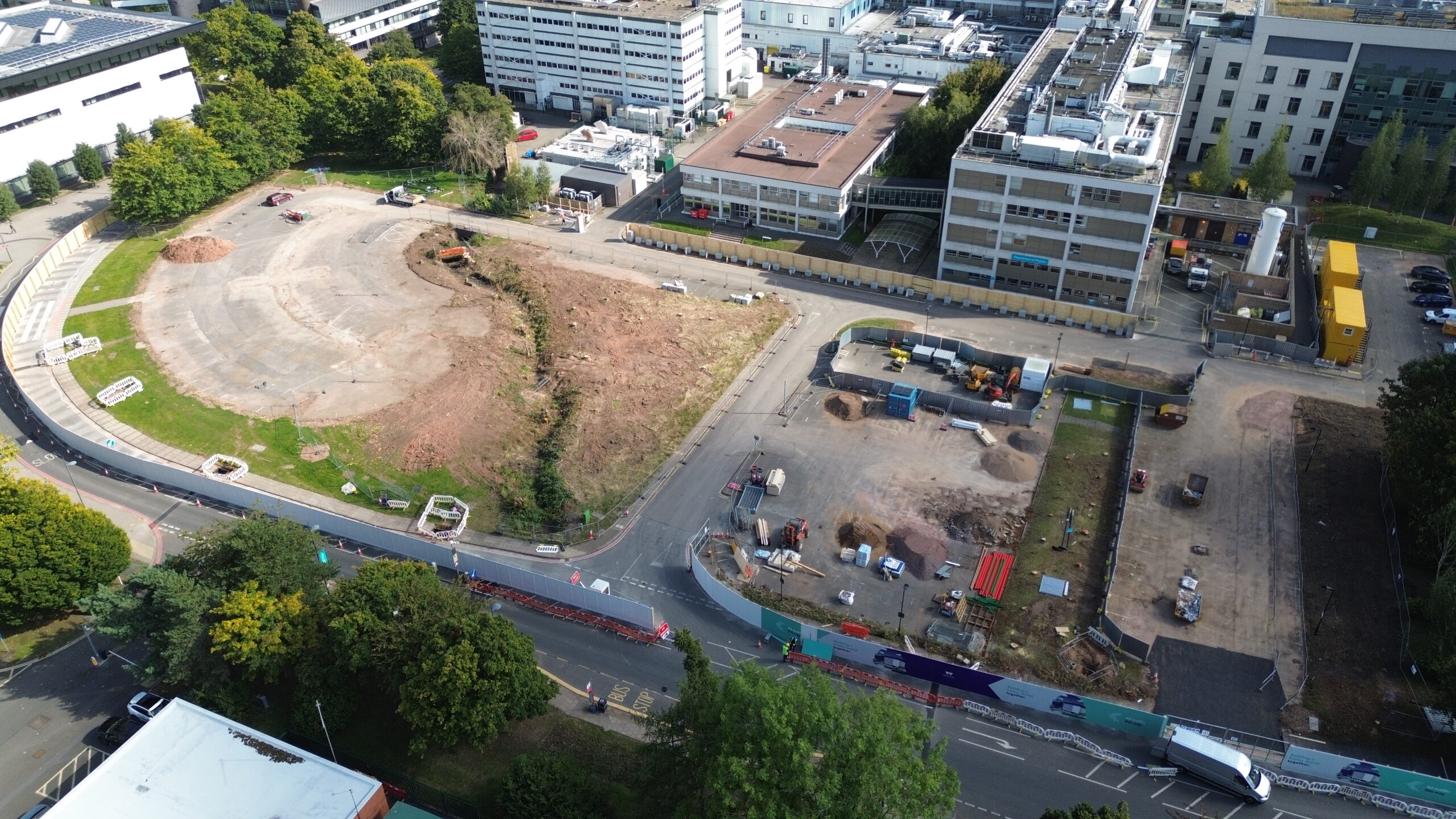
By Lance Gudger, Director at O’Brien Contractors Limited
With over 40 years of experience in civil engineering and the delivery of S278 works, I’ve observed a notable disconnect in our industry regarding S278 agreements and their inclusion within the Main Contractor’s scope of work. This is particularly concerning since the Main Contractor is often not a direct party to these agreements and typically has minimal influence over their final wording.
While contract terms often require the Contractor to account for “Third Party agreements” (such as the S278 agreement), tender documents rarely provide a draft or executed S278 agreement.
Consequently, to mitigate risk, Contractors frequently stipulate in the final contract that they will not be liable for any requirements within these agreements if they are not provided by the “Base Date.” This approach generally places the risk of unforeseen elements back with the Client.
To navigate this complexity, Clients and Main Contractors should be aware of the following key considerations regarding the wording and execution of S278 agreements, while recognising that different Local Authorities may have varying approaches:
- Timing of Contract Execution: Local Authorities typically will not execute the S278 agreement until all planning conditions are resolved and technical approval is granted.
- Impact on Road Space and Traffic Management: The S278 agreement usually needs to be executed before the Main Contractor can secure road space or commence negotiations on traffic management proposals. Acquiring road space can take up to three months.
- Key Clauses to Avoid in S278 Agreements: Clients should aim to resist the inclusion of the following clauses:
- Practical Completion and RSA 3 Audits: Avoid clauses stipulating that Practical Completion cannot be achieved until all issues related to the RSA 3 Audit are resolved. Such clauses could cause significant delays, especially for complex on-line infrastructure projects. Ideally, the RSA 3 Audit should begin after Practical Completion or once the road network is completed and open and conducted during the defect rectification period.
- Third-Party Damage Responsibility: Avoid clauses that make the Client responsible for third-party damages during the defect rectification period, such as those from road traffic accidents or graffiti, as these costs can be substantial.
- Winter Maintenance Liability: Ensure that the responsibility for winter maintenance is not assigned to the Contractor.
- RSA 3 Audit Process and Timeline: The RSA 3 Audit process can be lengthy, particularly when involving National Highways. It is essential to incorporate sufficient time and milestones into the project schedule to mitigate potential delays. Here is a recommended guide to streamline the process:
-
- Ensure that the infrastructure designer or consultant includes the RSA 3 (and 4) Audit within their scope of work and fees.
- Engage with the infrastructure designer, adopting authority, and proposed auditor as early as possible, ideally before completion, to draft a brief in accordance with GG119 in advance of the on-site audit.
- Employ an approved auditor to conduct an on-site audit, involving all necessary third parties. This audit should ideally occur immediately upon Practical Completion or with the Local Authority, once the road network is completed and open.
- Submit the audit findings to the adopting authority.
- Review and agree on the final RSA 3 report, and address any issues raised either through design responses.
- Apply for road space if the final RSA 3 report requires additional work on the existing highway.
Key Conclusions:
The RSA 3 Audit process can take several months, so it is crucial to prepare thoroughly and engage stakeholders early to avoid delays. Do your homework well in advance!
By understanding these nuances, Clients and Main Contractors can better navigate the complexities of S278 agreements and RSA 3 audits, ultimately ensuring smoother project delivery and reduced risk exposure.

